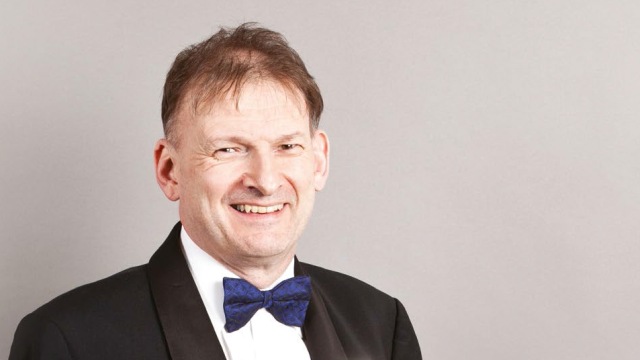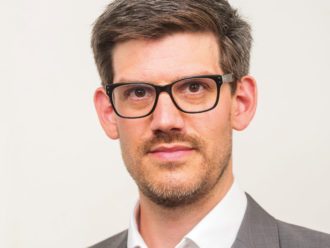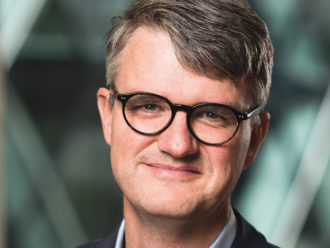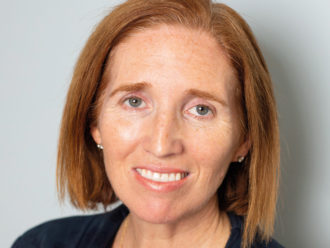What was different about this particular fund?
The team was very good. Their network within Holland is probably second to none, given that two of the principal backers of the fund effectively source a lot of the deals, and know the Dutch business sector inside out because they’ve been running private equity for a long time.
We ultimately feel it’s about the people and the investment decisions, particularly in this sort of arena. Quite clearly, you also need to see performance, and you want to see all of the financials and the ratios. All of that is important to get you thinking, “This is worth looking at.”
How do you judge a good team/manager?
We’ll spend 12 months talking to some of these people and having regular meetings, asking them the same questions just so we get consistent responses, and asking the same questions of different people in the teams. You clearly don’t want to talk to the investor relations team, you really want to talk to the portfolio managers, the principal who drives this business, the analysts doing the actual work, and the risk people, as well, about how they think about risk.
How has the scheme addressed liability matching?
I’ve always felt rates would be lower for longer. Ultimately, it’s not my decision around hedging. Hedging is the collective decision of the trustees, and is dealt with in discussion with the sponsor as well. If you look back two valuations ago, the level of matching assets was about 23% to 25% of the balance sheet. It’s now over 50%. We’ve got a lot more matching assets on the balance sheet, so there has been a significant movement in that direction.
We have also got about 10% of the inflation risk hedged over and above what we have by matching assets, so there are derivatives in place as well, which we didn’t have three years ago.
What does the endgame for the scheme look like?
We have a long-term objective that we want to get to a point where the pension fund is low dependency, and what some of us call ‘self-sufficient’. So that is a situation where the fund is fully hedged for its liabilities on interest rates and inflation, it’s liabilities are discounted at gilts plus just 0.2% and the assets are delivering no more than about gilts plus 50 basis points. That’s a steady state that won’t require any support from a sponsor.
Now, the time it takes to get there may change, and some of the investment strategy that we have to do in the interim might change. To be fair, the C&D section is fully funded on a low dependency basis, and fully hedged for inflation and interest rates on that basis. It’s in surplus on technical provisions. So we know it can be done.
Why is the C&D scheme in a better position from that perspective?
When it was taken over, it had been closed earlier to accrual and was better funded. At the time the sponsor agreed a payment to equalise the two together. So we’ve been able to have a flight plan, and fix steady de- risking on that portfolio. So it’s been a quite mechanist approach. Over the last 2.5 years, it’s seen its equity allocation reduced from 30% to 7.5%.
Everything else is in gilts, matching assets, with a slight bit of leverage that gets it perfectly hedged.




